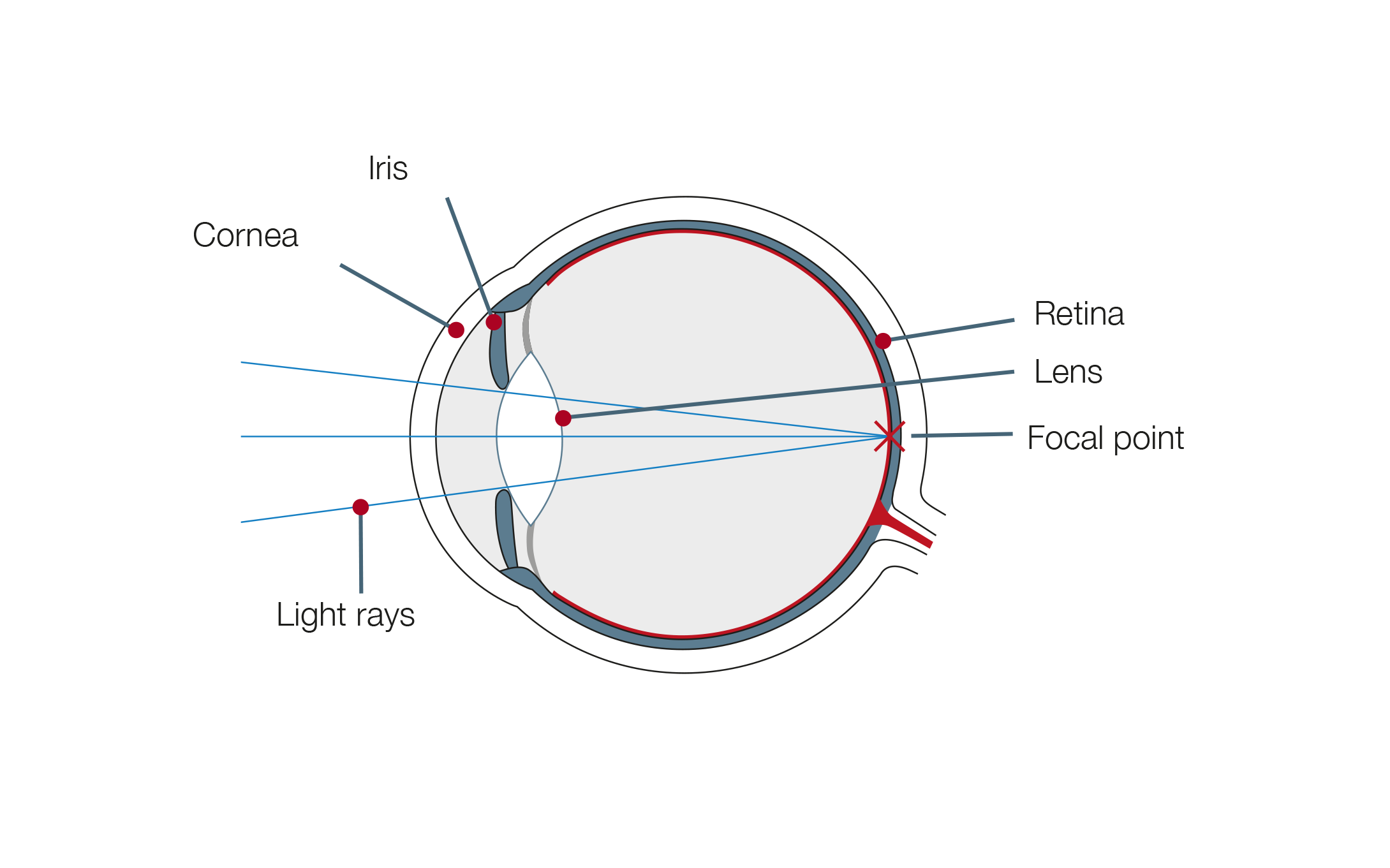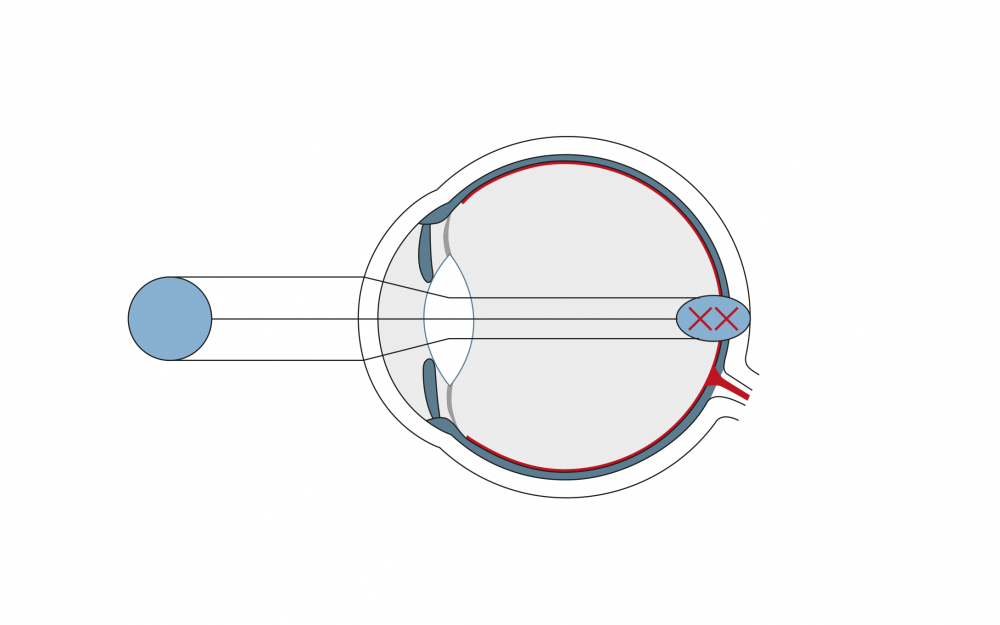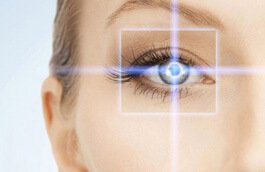WHAT IS AN ASTIGMATISM?
A corneal curvature is also called astigmatism, which means that the cornea is not normal but deformed. Astigmatism is a common vision disorder, which is the cause of fuzzy visibility at any distance. Astigmatism often occurs in combination with short-sightedness or farsightedness.
Astigmatism is considered normal in the human eye of up to 0.5 diopters. The deformed cornea is mostly congenital, but in rare cases can develop only with time.
HOW CAN ASTIGMATISM BE OPTIMALLY TREATED?
Astigmatism can be corrected with glasses, contact lenses or surgery. Which treatment method is suitable to correct the visual defect depends on its shape and strength. Irregular astigmatism, for example, can not be corrected by regular glasses due to the irregular corneal curvature or an irregularly curved lens.
EuroEyes offers various laser procedures and lens treatments with which astigmatism – also in combination with farsightedness or nearsightedness – can be treated.
In order to determine which treatment method is suitable for the patient a thorough consultation and a detailed preliminary examination are always carried out before an intervention. Safety and diagnostics are in the foreground during the preliminary examination.
WHICH METHODS ARE AVAILABLE FOR THE TREATMENT OF ASTIGMATISM?
With the help of the most modern laser procedures, such as SMILE Pro or the implantation of ICL contact lenses and intraocular lenses, EuroEyes can correct ametropia.
During a laser operation, the unevenness in the cornea is removed and thus creates a uniform surface.
Another surgical approach to treatment is to correct the astigmatism with a new lens. The body’s own lens is removed and replaced with an artificial lens (ICL and IOL) – the cornea is left as it is. The artificial lens compensates the curvature of the cornea.

OUR TOP SURGERONS
WHAT TYPES OF ASTIGMATISM ARE EXISTING?
Different types of astigmatism are divided into two groups: Astigmatismus regularis (regular astigmatism) and astigmatismus irregularis (irregular astigmatism). In the case of regular astigmatism, incident light rays are imaged on vertical focal lines. In the case of irregular astigmatism, however, the optical planes are not perpendicular to each other.
WHAT ARE THE SYMPTOMS OF ASTIGMATISM?
Slight forms of astigmatism have hardly any noticeable effects – astigmatism only becomes noticeable when it is more pronounced. Then it often shows the following symptoms:
Sensitivity to light
Burning, redness and tears of the eyes
Glare caused by the irregular refraction of light
Headaches and fatigue
HOW IS ASTIGMATISM DIAGNOSED?
As a rule an astigmatism is diagnosed by ophthalmologist or optician. Once it is clear that there is an astigmatism, the cornea can be measured more accurately to determine the type and severity of astigmatism. An exact diagnosis can be made with the following instruments:
Placido disc: measurement of the condition of the corneal surface. If there is a curvature of the cornea, the mirror image of the placido rings on the cornea is distorted.
Ophthalmometer: measures the radius of curvature as well as the refractive power of the cornea. In addition, the ophthalmometer projects a hollow cross and a line cross onto the cornea. On the ideally shaped cornea, both crosses lie on top of each other, whereas when the cornea bends, the crosses shift against each other.
Videokeratoscopy: analyzes the refractive power of the entire corneal surface in case of irregular astigmatism.
Refractometer: determines the visual acuity of the patient.

LASERING ASTIGMATISM - FAQ
In short: no. Before the operation, you will be given special eye drops that numb your eyes within a few seconds. Some patients report only a slight feeling of pressure, although this often does not occur.
You must be at least 18 years old to have laser surgery. From around 40-50 years of age, a toric multifocal lens is often the better choice, as it also eliminates presbyopia.





























Join our Newsletter